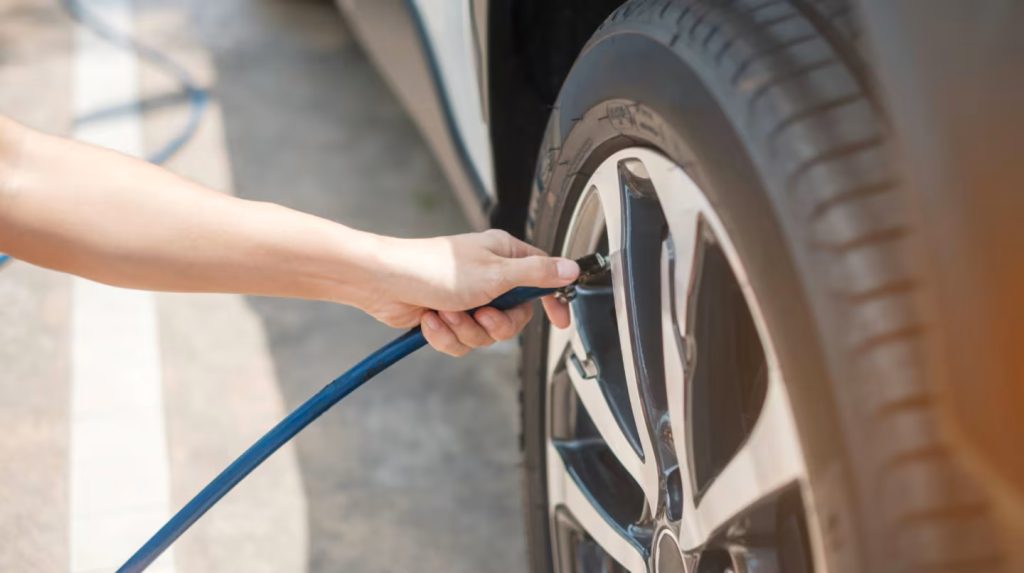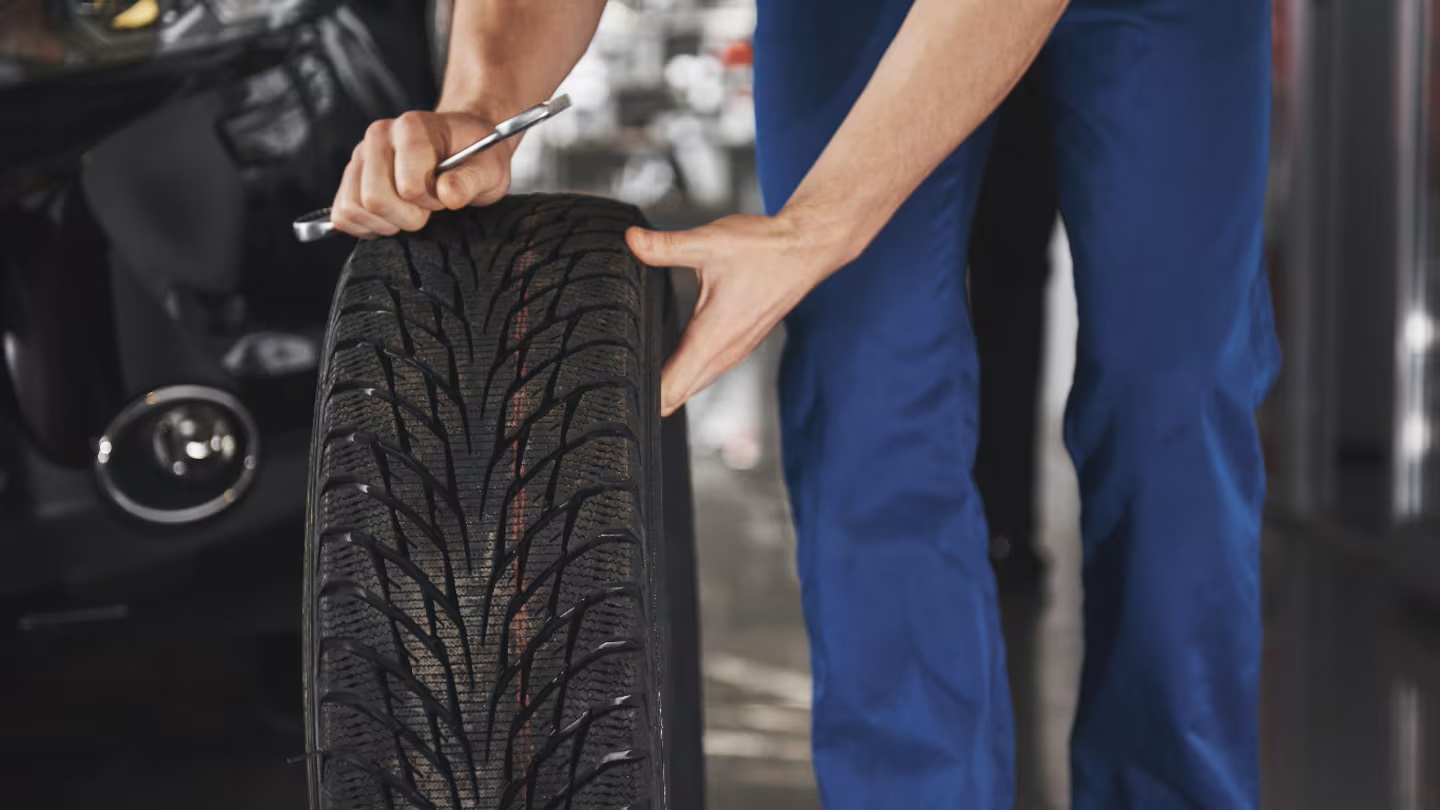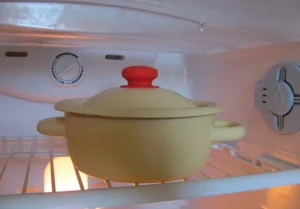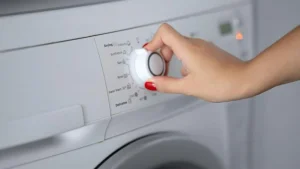Driving safety largely depends on the condition of your tires: we tell you how and when to check them.
Although tires often go unnoticed, they are a key element of vehicle safety. Not only do they affect stability and braking, but they can be the deciding factor between a safe ride and an accident. Therefore, it is important to know how often they should be changed and how to determine that they have reached the end of their service life.

According to experts from companies such as Michelin and Pirelli, tires should be checked periodically, taking into account factors such as wear, age, pressure and visible damage. Although there is no single figure, it is believed that the average lifespan of a roof is about five years. From this point onwards, it is advisable to have an annual inspection by a professional, even if the pattern appears to be in good condition .
How to know that the tire is “old”?
The easiest way to determine the age of a tire is to check the DOT code on the sidewall. This code consists of four digits: the first two denote the week and the last two denote the year of manufacture. For example, “2319” means it was manufactured in the 23rd week of 2019. If it is more than 10 years old, it is recommended to replace it with a new one, even if it has not been used.
When should tires be replaced?
Tires should be replaced when:
- The tread depth is less than 1.6 mm (measured by the TWI indicator).
- There are cuts, deformations, uneven wear or visible damage on the sides.
- There are holes larger than 6 mm that cannot be repaired.
- The tire has been struck or structurally damaged (e.g. deep potholes).
- If only one tire is being replaced, it must be of the same make, model and size as the disk on the same axle.
If any of these conditions are met, it should be changed (Photo: Freepik).
How often should tire pressure be checked?
Experts recommend checking the pressure once a month, as well as before traveling. An underinflated tire wears faster, affects the performance of the vehicle and increases fuel consumption. The exact instructions are on the driver’s door or in the vehicle’s owner’s manual. It is also important to check the spare tire at least once a year.

How to extend the life of tires?
To extend the life of your tires, it is recommended that you:
- Maintain proper pressure.
- Avoid overloading the vehicle.
- Do not mount different tires on the same axle .
- Observe the load and speed index of each tire.
- Periodically perform alignment and balancing .
Proper maintenance not only saves money but also ensures the safety of the driver and passengers. Regular inspections and adherence to the manufacturer’s recommendations will allow you to know when to change your tires, so that over time they will not become a driving hazard.

































